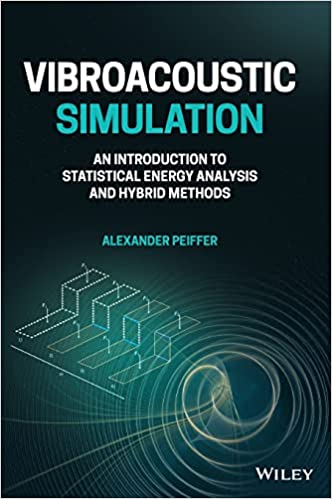
English | 2022 | ISBN: 1119849845, 978-1119849841 | 474 pages | True PDF | 20.64 MB
VIBROACOUSTIC SIMULATION Learn to master the full range of vibroacoustic simulation using both SEA and hybrid FEM/SEA methods
Vibroacoustic simulation is the discipline of modelling and predicting the acoustic waves and vibration of particular objects, systems, or structures. This is done through finite element methods (FEM) or statistical energy analysis (SEA) to cover the full frequency range. In the mid-frequency range, both methods must be combined into a hybrid FEM/SEA approach. By doing so, engineers can model full frequency vibroacoustic simulations in complex technical systems used in aircraft, trains, cars, ships, and satellites. Indeed, hybrid approaches are increasingly used in the automotive, aerospace, and rail industries.
Previously covered primarily in scientific journals, Vibroacoustic Simulation provides a practical approach that helps readers master the full frequency range of vibroacoustic simulation. Through a systematic approach, the book illustrates why both FEM and SEA are necessary in acoustic engineering and how both can be used in combination through hybrid methodologies. Striking a crucial balance between complex theories and practical applications, the text provides real-world examples of vibroacoustic simulation, such as fuselage simulation, interior-noise prediction for electric and combustion vehicles, train profiles, and more, to help elucidate the concepts described within.
Vibroacoustic Simulation also features:
A balance of complex theories with the nuts and bolts of real-world applicationsDetailed worked examples of junction equationsCase studies from companies like Audi and Airbus that illustrate how the methods discussed have been applied in real-world projectsA companion website that provides corresponding Python codes for all examples, allowing readers to work through the examples on their own
Vibroacoustic Simulation is a useful reference for acoustic and mechanical engineers working in the automotive, aerospace, defense, or rail industries, as well as researchers and graduate students studying acoustics.



